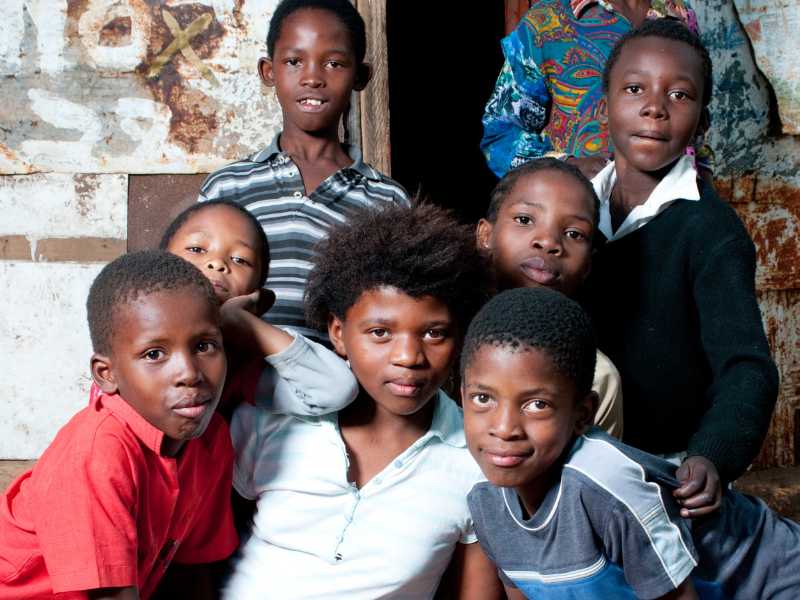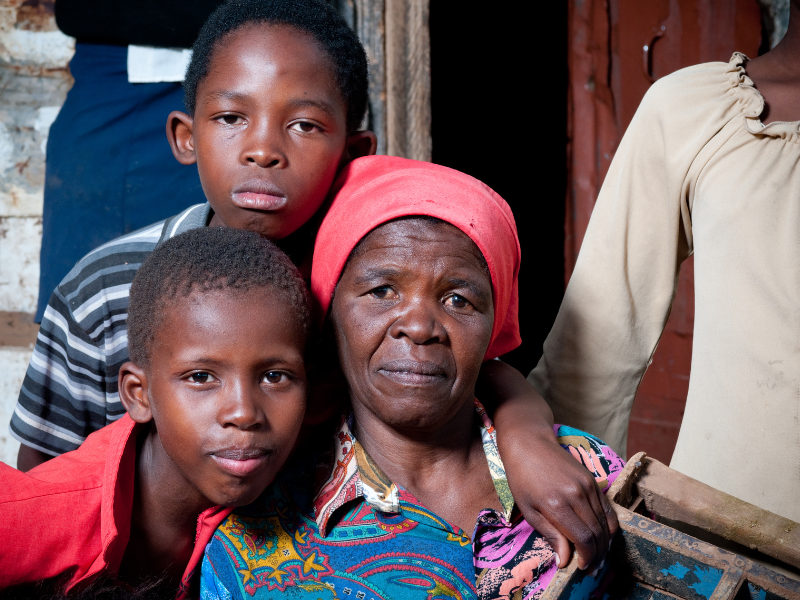Advertisements
The Ministry of Development and Social Assistance, Family and Fight Against Hunger (MDS) brought important news this Friday (20). According to information from the Ministry, a large part of the children and adolescents registered in Bolsa Família in 2005 were no longer in the Single Registry in 2019.
In detail, in 2005, 11.6 million beneficiaries were between seven and 16 years old. Fast forward to 2019, around 7.45 million of these young people were no longer part of CadÚnico, totaling 64.1%. However, 2.37 million of them were still registered, now between 21 and 30 years old.
The study “Social Mobility in Brazil: a perspective on the first generation of Bolsa Família” generated these statistics, with the involvement of: Instituto Mobilidade e Desenvolvimento Social (IMDS), Oppen Social, Brazilian School of Economics and Finance of Fundação Getulio Vargas (FGV-EPGE) and Università Bocconi.
Advertisements
Read also: Bolsa Família payment will arrive early this weekend; check the beneficiaries.
“We see this significant movement away from the Single Registry as an evolution, with individuals no longer being possible beneficiaries or candidates for social programs,” explained Valdemar Neto, from FGV-EPGE.
Advertisements
Data points to the financial evolution of these young people
When individuals remain registered in CadÚnico, it indicates that their income has remained stable. However, when income increases, exceeding the criteria, many abandon the registry.
Thus, the analysis indicates a financial rise among those who were once young in CadÚnico.
“The information released today shows a positive outlook. When we analyze the young people from the first families of the Bolsa Família, we notice social progress. And the Bolsa Família has boosted regional economies,” highlighted Minister Wellington Dias.
Regional variations in statistics
In addition to national data, the analysis offered regional insights. This detail caught the attention of the MDS, alerting the Government to regions with slower progress.
To clarify, between 2005 and 2019, 64.11% of young people left CadÚnico in Brazil. However, there were regional differences:
- South: -74%;
- Midwest: -72%;
- Southeast: -70%;
- North: -61%;
- Northeast: -58%.
The study also emphasized that regions with robust health and education structures have greater potential for social mobility.
Insertion into the job market
The study also observed the integration of these young people into the formal labor sector. Using data from the Annual Social Information Report (RAIS) from 2015 to 2019, approximately 5.2 million, or 44.7% of the initial total, appeared in the RAIS at least once. However, the proportion of those who were in the RAIS for five years fell to 14.4%.
These five years suggest more lasting employment, revealing that, despite entering the market, many encountered barriers to consolidating themselves.
Gender, color and race disparities in the workplace
Individuals from the Southeast and South regions remained in RAIS for longer. Analyzing gender, 34% of men were in RAIS for three or more years between 2015 and 2019, in contrast to 24% of women.
When crossing gender with color/race, 42% of white men remained in the formal market for three years or more, as opposed to 23% of black women.
When contrasting black men and white women, both recorded 33%.
“We identified considerable mobility. Those in vulnerable situations saw a significant impact, but we need to define the direction. The findings guide our next actions,” concluded Valdemar Neto.
























